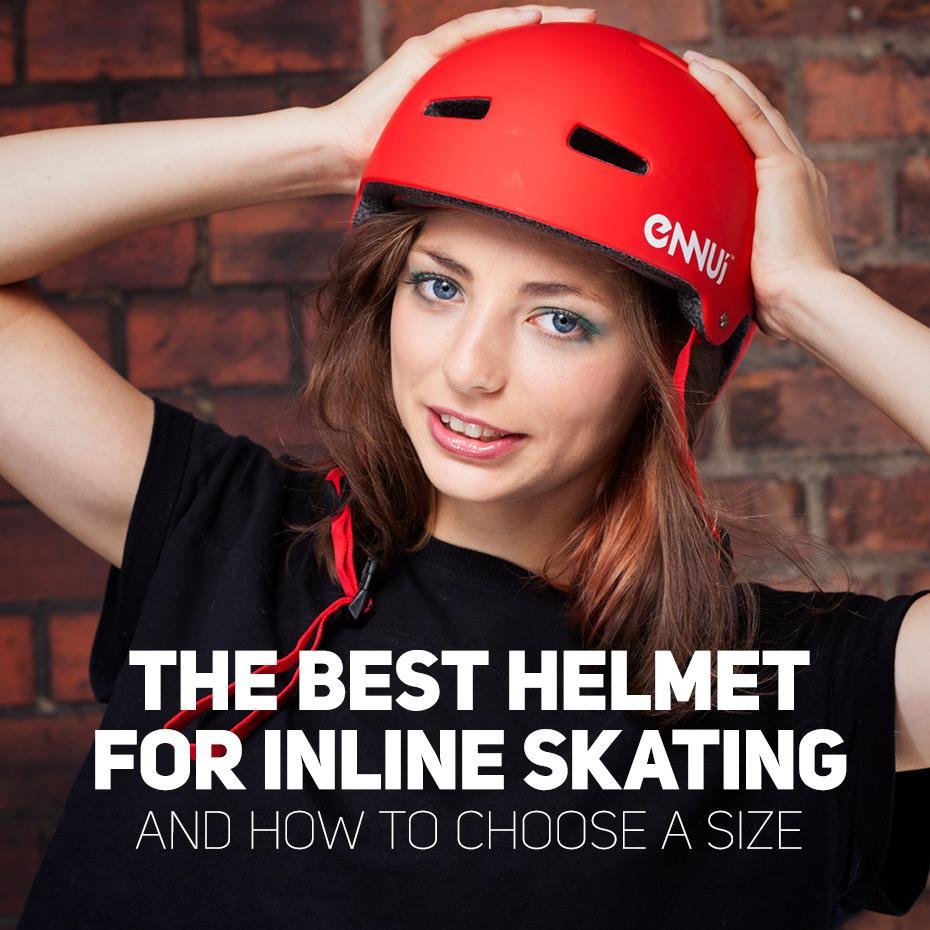Using a helmet – once upon a time a definition of being uncool. But nowadays? Being smart!
Helmets are no longer perceived as bulky, uncomfortable and unnecessary accessory that should be used only by kids. Thankfully, our society has moved on past edgy 90’s attitude and most skaters realize the dangers of skating without one. You still can see skaters without helmets on the streets, but thankfully their numbers shrink with every season, thanks to informative campaignsm targeted at people who practice action/urban sports.
Choosing the right helmet for yourself may not be as straightforward as walking in to a store and trying several of them on. This article covers the most important information every skater should know before buying and using one.
Helmet is assembled from the following parts:
- Inner shell made from EPS foam or polystyrene.
- Outer shell made from hard composite material (i.e. ABS).
- Sponges placed inside for comfort, sometimes a layer of foam.
- Straps with buckles allowing you to tighten and close them below jawbone to ensure helmet won’t fall off during accident.
- Some models are equipped with size regulation ring, allowing for tighten fit.
How helmets work?
The most important part of every helmet is EPS foam or polystyrene shell, responsible for absorbing the impact force. During the impact, foam cells (bubbles) compress, absorbing kinetic energy and distributing it more evenly around the helmet and bones of your skull. If you’ll hit your head in helmet really hard, it will no longer perform its function due to the fact materials won’t regenerate – you need to replace it, even if it is not cracked. You should get a new helmet after every accident!
What is the best helmet type for skating?

First of all, you have to define your skating style. There are two primary helmet types: a full protection, urban/street helmet and cycling style helmet. The first one is undoubtedly the most popular among inline skaters, skateboarders and scooter users. It gives you excellent level of protection thanks to its big area and is suitable not only for people who want to do tricks on skates, but for beginners, who fall a lot, too. The cycling helmets are usually chosen by fitness and speed skaters, as aerodynamics and good ventilation play a big role for them.
Are cycling and skiing helmets suitable for inline skating?
Skiing helmets are very similar to urban skating/street helmets, but differ in few key areas. First of all, skiing helmets are dedicated for use in low temperatures, having warm padding and very few, small ventilation holes. You do not want to use this helmet type in summer!
Cycling helmets can be divided in to several groups depending on the application, i.e. road bike or MTB ones. Road bike helmets have aerodynamic shape with multiple holes and do not protect occiput as much as the other type. MTB helmets are similar, but may protect the back of the head better. Maybe you have not thought about it, but cyclist usually fall forwards, while skaters fall backwards – this explains the differences.
Some companies try to offer helmets that have both full occiput protection of urban helmets and excellent ventilation of cycling ones. One of such examples is Powerslide Elite helmet, which sports 21 vent holes.

To sum it up – we lean towards helmets designed for skating as they offer better, more full protection.
What size to get?
Every helmet have a size, usually marked in centimeters and corresponding to head circumference. Circumference should be measured 1 cm above eyebrows, like in below picture:

Not all helmets will be a good fit for us, even if circumference is in given size range. This is because some helmets are more elongated, having oval shape, others are more round, some are shallower while others are deeper. You won’t be sure until you try the helmet on.
As per EU law, you are allowed to return a purchased product within 14 days from delivery. Thus, if you’ll find that model you have ordered is a poor fit for your head, you have two weeks to return it and purchase another helmet, or simply contact us for replacement. You can also try helmets on in one of our brick and mortar shops.
How the helmet should fit?
- You should feel a little bit of resistance while putting it on your head – fit should be pretty snug.
- It should remain stationary while you move your head to the sides and front to back.
- It should cover about half of your forehead and do not cover eyebrows
- The straps should be buckled under your jawbone, but allow a little bit of space (about two fingers) and do not do them so tightly that you’ll have trouble opening your mouth!
- The helmet must always be buckled, and if it does have adjustment ring – it should be tightened too.
Do not leave your helmet loose. It will cause it to move, messing up with your balance and it won’t protect you as efficiently as possible during accident. On the other hand, a helmet too small will cause you pain, so seek one that sits firmly on your head and is comfortable at the same time. Below you can see optimal position for helmet to be worn on the head.

Last but not least: even the most expensive helmet won’t do much if it will be unstrapped or loose!



























